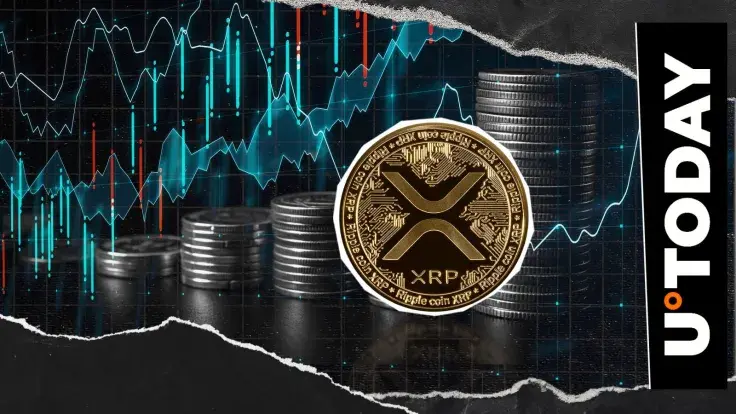UK and U.S. Strengthen Ties on Stablecoins and Blockchain
UK and U.S. plan a joint digital asset sandbox, boosting collaboration on stablecoins, blockchain innovation, and unified crypto regulations for faster growth.
The United Kingdom and the United States are planning to work more closely on digital assets, including stablecoins and blockchain technology. The new cooperation comes after UK Chancellor Rachel Reeves and U.S. Treasury Secretary Scott Bessent held a meeting on Tuesday, The Financial Times reports.
Coinbase, Circle, Ripple Join US-UK Crypto Regulatory Talks
During the meeting, both governments identified the need to create a joint digital securities sandbox. Under the program, blockchain companies will be able to try their offerings in both the US and the UK market with a unified legal framework. Consequently, companies can innovate at a faster rate without being faced with conflicting regulations in each country.
Additionally, this initiative is part of a larger trade discussion, in which web3 and crypto companies also participated. Coinbase, Circle, Ripple Labs were among the key industry players that participated in the discussions. These companies are pursuing clearer and easier rules in both markets.
Related Reading: UK Industry Pushes Digital Assets Into UK-US Tech Pact | Live Bitcoin News
Importantly, this initiative reveals a difference in the various ways that each country currently treats digital assets. The US under President Donald Trump has been very supportive of crypto. For instance, the Trump administration has abolished Operation Chokepoint 2.0 which had previously limited banking access for crypto companies. Furthermore, the bill passed the Genius Act, a legislation that made the payments from stablecoins better.
Meanwhile, the UK has been more cautious. Local crypto companies have raised concerns that they are being hampered by heavy regulation. In fact, many have warned that the UK will be losing out to other countries like the US if it does not act faster. According to former Chancellor George Osborne, Britain is “being comprehensively left behind” in the crypto arms race.
Trump and Starmer to Announce Major UK-US Digital Asset Partnership
However, the meeting on Tuesday is a sign that things in the UK are beginning to be reversed. Chancellor Reeves said the digital asset opportunity was a “huge opportunity” for the UK economy. She suggested that “sandbox” programs might be a “safe space” for experimenting with new models, a position shared by U.S. SEC Commissioner Hester Peirce.
The proposed framework would enable blockchain companies to test tokenized securities and stablecoin products in both markets. In doing so, the UK and the U.S. are aiming to create a common regulatory space that can be used to attract more investment and talent. British authorities also claimed that coordination of crypto regulations could make it easier for US companies to enter the UK market.
Discussions on this cooperation are going to be ongoing later this week. President Trump will meet UK Prime Minister Sir Keir Starmer on Thursday. At this meeting, likely, they will formally announce the new digital asset partnership.
In conclusion, the UK-U.S. joint push is a major breakthrough towards harmonizing global crypto regulations. While there are still many obstacles to overcome, this step in the right direction has the potential to spur innovation, draw investment, and transform the way digital finance operates in the two countries. With cooperation between both governments, the future of blockchain and stablecoins is brighter than ever.
Vous aimerez peut-être aussi

925,865,148 XRP in 24 Hours Puts XRP Back Around 'Billionaire Club'

Cashing In On University Patents Means Giving Up On Our Innovation Future
